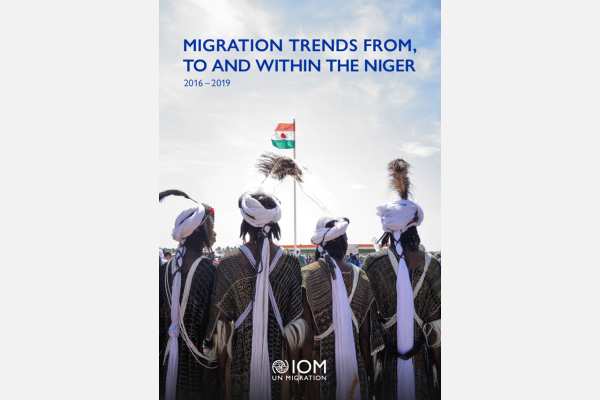Repository of Practices

Humanitarian Rescue Operations (HRO) as part of the Migrant Response and Resource Mechanism (MRRM)
Secondary GCM Objectives
Dates
Type of practice
Summary
The practice emerged due to actions occurring along the Northern Nigerien border, where international migrants reach a designated area near the Nigerien border referred to as "point zero." From this point, migrants are required to cover a 12km distance to reach Niger. Since 2016, this practice has led to arrivals in Assamaka, Niger, with an annual average of around 13,000 migrants in distress and vulnerability. These migrants receive aid through IOM's Migrant Response and Resource Mechanism (MRRM), including direct assistance in transit centers such as shelter, food, medical and psychosocial aid, and consular support. This assistance ultimately facilitates assisted voluntary returns to their countries of origin. During the expulsion process, some migrants become stranded due to various factors like disorientation, dehydration, fatigue, distress, disability, or other vulnerable conditions. They are rescued through either proactive or reactive Humanitarian Rescue Operations (HRO) in collaboration with safety forces, security personnel, Civil Protection, and local NGOs. The core activities involve providing initial aid, such as water, food, and transportation to the nearest village, followed by essential support like hygiene, sanitation, registration, medical screening, and access to the MRRM program and transit centers, eventually leading to voluntary returns. Women, children, LGBTQI+ and other vulnerable beneficiaries are managed as a matter of priority assistance and are transferred to a more suitable place according to their needs to provide adequate assistance including referral to patterns or specialized establishments of care, if judged necessary. Crucial resources include the remote presence of IOM in Assamaka village, ensuring life-saving assistance through HRO. Additionally, the existence of a transit center guarantees fundamental aid before transferring migrants to other centers and facilitating their voluntary return to their countries of origin.
Organizations
Main Implementing Organization(s)
Detailed Information
Partner/Donor Organizations
Benefit and Impact
The continuation of this practice hinges on sustained funding to support operations in Assamaka, and as long as migrants continue to arrive through expulsions, the practice remains in operation.
Key Lessons
For enhanced effectiveness, alternative approaches could encompass intensified training for staff, involving third-party personnel for specific roles to facilitate operational flexibility. Implementing a rotational scheme could allow for crucial rest and feedback cycles. Substantial investments in communication infrastructure and logistics, facilitated through fundraising efforts, could further aid operations. Moreover, maintaining an ongoing assessment process and collaborating with local partners and authorities for mechanism refinement would be a strategic alteration in differing circumstances. The acquired knowledge has already been shared with local authorities and partners, including NGOs engaged in similar endeavors, fostering a collective understanding.
Recommendations(if the practice is to be replicated)
Innovation
Additional Resources
Date submitted:
Disclaimer: The content of this practice reflects the views of the implementers and does not necessarily reflect the views of the United Nations, the United Nations Network on Migration, and its members.
More Related Practices:
- Ministerio de Salud: Integrando las necesidades de salud de la población migrante y refugiada en el Perú
- Comité de Familiares de Migrantes Desaparecidos de el Progreso, Yoro, Honduras, COFAMIPRO 25 años dando la lucha en la búsqueda de personas migrantes
- Migrant Response and Resources Mechanism in Niger
- Ocean Viking - Cooperation between SOS MEDITERRANEE and IFRC for Search and Rescue and Post-Rescue Assistance and Relief
- Cooperation between Red Cross and Red Crescent National Societies and their Governments to provide humanitarian assistance and protection
Peer Reviewer Feedback:
*References to Kosovo shall be understood to be in the context of United Nations Security Council resolution 1244 (1999).
Newsletter
Subscribe to our newsletter.